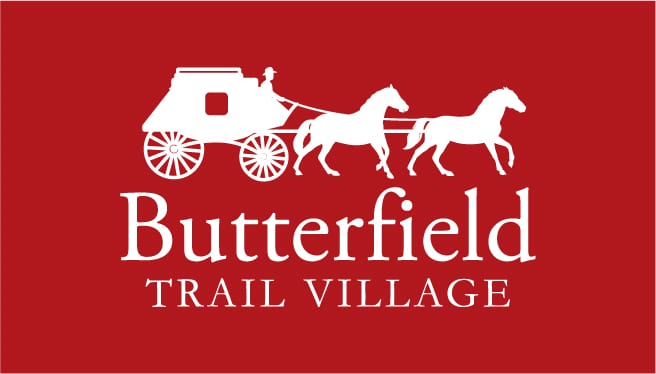The telephone numbers are embedded in popular culture. Motown girl group The Marvelettes had a 1962 hit song with “Beechwood 4-5789.” The titles for movies Dial M for Murder and Butterfield 8 were also phone number references. During the early to mid-20th century, phone numbers utilized names in their prefixes.
In 1953, Southwestern Bell Telephone Co. placed an advertisement in the Northwest Arkansas Times announcing that the forthcoming phone directory for Fayetteville, which then had a population of about 17,000, would contain “new metropolitan numbers.” From now on, the seven-digit phone numbers in Fayetteville would begin with “Hillcrest 2.”
Fayetteville had arrived!
This exchange name, as the prefix was called, was actually “442.” Phones, by now, had letters of the alphabet placed by each number on the telephone dial, with both H and I situated by 4. (Three to four letters can be still be found on both landline and cellphones today, a holdover from this period of time.) Before the advent of cellphones, which can store phone numbers for future use, phone numbers had to be remembered. A prefix name, such as “Hillcrest,” made it, in theory, easier for people to remember the numbers while providing locals a clue to where the party was located.
It was all part of progress. Gone were the days of telephone operators (“number, please”). Now, people had the power to call their parties directly.
Initially, the use of telephone prefix names was limited to making long-distance calls, to which a person making a call to Fayetteville would provide the operator with the prefix “Hillcrest 2.” Then, as Fayetteville grew, the “HI2” prefix was needed for local calls as well. Soon “Jackson 1,” or “521,” phone numbers were added to the Fayetteville directory.
Other towns followed suit. Springdale, for example, was assigned the PL prefix for “Pleasant 1” (or “751”), and the Hindsville area in Madison County used “Sterling 9” (or “789”).
In 1961, Arkansas phone numbers kept getting longer with the addition of the 501 area code. (Three more area codes have since been added to The Natural State: 479, 870 and 327.) By the late 1960s, exchange names were replaced with what Southwestern Bell termed All Number Calling (ANC). That system continues today.
As for “Hillcrest 2,” essence of that prefix lives on today. Fayetteville’s Revenue Office, Moore’s Chapel Funeral Home and The National Cemetery are among those that have “442” phone numbers.
By Sandra Cox Birchfield, Shiloh Museum of Ozark History
